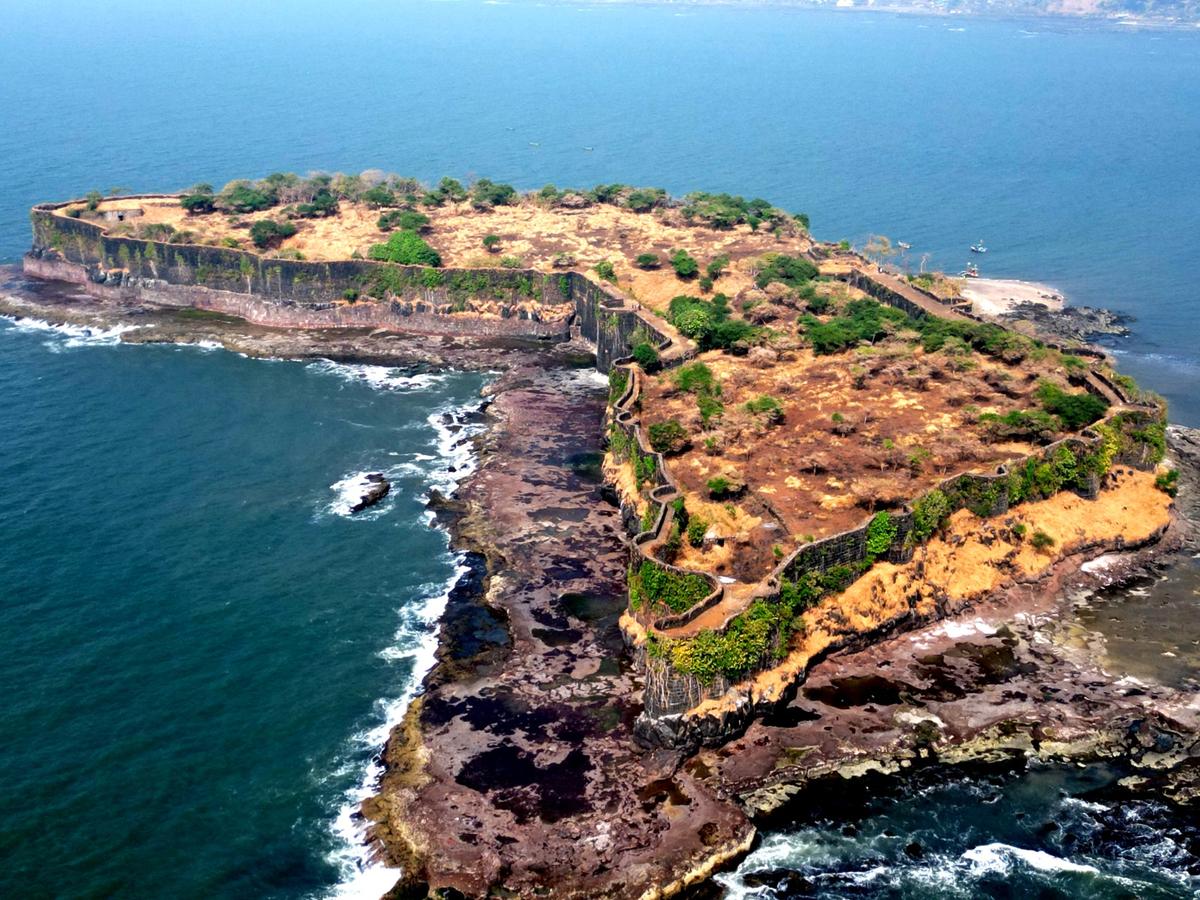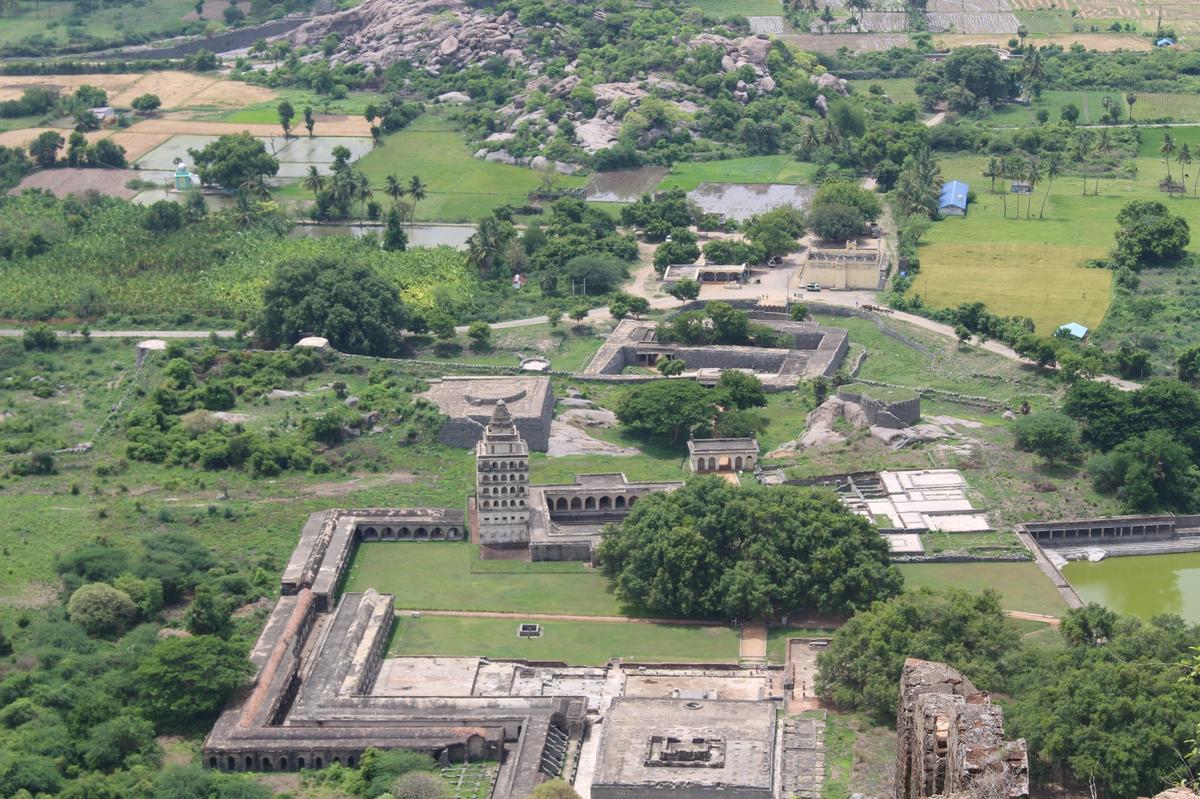Following the historic inscription of the Maratha Military Landscapes of India on the UNESCO World Heritage List, the Government of Maharashtra is taking concrete steps to ensure that the recognition translates into long-term conservation, public engagement, and community involvement. One of the most significant initiatives now underway is the proposed certification programme to train local residents as heritage guides at the 12 inscribed forts.
On July 11, 2025, 11 forts in Maharashtra —Salher, Shivneri, Lohagad, Khanderi, Raigad, Rajgad, Pratapgad, Suvarnadurg, Panhala, Vijaydurg, Sindhudurg—and one in Villupuram, Tamil Nadu—Gingee, have been granted UNESCO World Heritage Site status. The proposal for this recognition was prepared by the Directorate of Archaeology and Museums, Department of Cultural Affairs, Government of Maharashtra.

These forts were selected for their Outstanding Universal Value (OUV) under UNESCO’s cultural criteria (iv) and (vi) and represent the military innovation, ecological adaptation, and architectural excellence of the Maratha Empire, particularly under Chhatrapati Shivaji Maharaj’s vision of Swarajya.
Criteria iv defines be an outstanding example of a type of building, architectural or technological ensemble, or landscape, whereas criteria vi define, be directly or tangibly associated with events, traditions, ideas, beliefs, or artistic and literary works of outstanding universal significance.
According to Hemant N. Dalavi, Deputy Director of the Directorate of Archaeology and Museums (DoAM), Government of Maharashtra, the next phase will focus on improving conservation, creating tourism amenities, developing site management plans, and launching public education programmes. A major part of this plan is to train and certify local residents as guides.
“It took us almost two years of executing and planning to pitch the names of these forts. We are proposing a guide certification programme for the local residents who have more knowledge of the area,” Mr. Dalavi said. “The tourism department will announce this programme this year itself. We are still deciding on the minimum education qualification,” he added.
The initiative aims to involve people living near the forts in tourism and heritage promotion, providing them with employment opportunities while also enhancing the visitor experience through locally rooted knowledge. These certified guides will be equipped to explain the historical, cultural, and strategic significance of each fort.

Suvarnadurg Fort
| Photo Credit:
Special Arrangement
In February 2025, a delegation led by Maharashtra Minister for Information Technology and Cultural Affairs Ashish Shelar was present at UNESCO Headquarters, Paris for a technical presentation.
Vikas Kharge, Additional Chief Secretary to the Chief Minister of Maharashtra and Additional Chief Secretary, Culture Department, Government of Maharashtra along with Hemant Dalavi, Deputy Director, Directorate of Archaeology and Musuems, Government of Maharashtra were a part of the delegation.
Mr. Kharge, who played a pivotal role in facilitating diplomatic engagements and coordinating international meetings with member countries, led the delegation during the 47th session of the World Heritage Committee in Paris in July 2025.
Dr. Tejas Garge, Director, Directorate of Archaeology and Museums, Government of Maharashtra, played a crucial role in the preparation of the nomination dossier.
District collectors from Nashik, Raigad, Pune, Satara, Kolhapur, Ratnagiri and Sindhudurg from Maharashtra and Villupuram, Tamil Nadu, played a significant role in the management of the forts under their jurisdiction, said Mr. Dalavi and emphasised that many of these forts are already open to tourists, but the UNESCO tag brings new responsibility.
The State now plans to upgrade visitor facilities, improve site management, and conduct further excavation and public outreach activities, alongside the guide training programme. “From the beginning we have worked with multiple stakeholders such as the local residents, NGOs working towards conservation of the historical forts,” he added.
The listing process was a result of an elaborate and rigorous effort by the DoAM, in collaboration with the Archaeological Survey of India (ASI) and DRONAH (Development and Research Organisation for Nature, Arts and Heritage), a Gurgaon-based heritage consultancy appointed by the State.
Maharashtra has a complex network of over 390 forts which were surveyed, studied, and analysed. These forts were shortlisted down to 60 primary and secondary forts and further through comparative analysis of 29 primary forts, the current 12 anchor forts were shortlisted as best representative of the Maratha Defence Network. Additionally, 53 buffer forts—forts that were controlled by the Marathas but not included in the final inscription— were also documented and explained to UNESCO evaluators, Mr. Dalavi said. “These buffer forts are spread across Maharashtra and include three in the buffer region of Gingee fort in Tamil Nadu. The forts in the buffer zone may be considered for inclusion in future extensions of the inscription. For example: buffer forts in Salher-Salota Fort, covers the primary defense lines around the property with northern front of Baglan range and Bhilai Fort on southern spur range. Mulher being the capital to its East, there are seven such forts in this premises: Dhamnya Fort, Nhavigad Fort, Tambolya Fort, Mangi-Tungi Fort, Mulher-Moragad Fort, Hargad Fort and Bhilai Fort.” Mr. Dalavi explained.

Gingee Fort
| Photo Credit:
Special Arrangement
Similarly, in Shivneri Fort, the buffer covers the Shivneri cluster with forts that majorly evolved due to the Nane Ghat trade route with ancient Junnar town; forming the network that surrounds the trade route till Shivneri and there are five such forts there: Chavand Fort, Jivdhan Fort, Bhairavgad Fort, Nimgiri Fort and Hadsar Fort.
In Lohagad Fort, there are 10 buffer forts, in Khanderi Fort there are four, in Raigad and Rajgad Fort collectively have eight buffer forts, in Pratapgad Fort there are seven, in Suvarnadurg Fort there are three, Panhala-Pawangad Fort there is one Vishalgad Fort, Vijaydurg Fort has two, Sindhudurg Fort has three and Gingee Fort has three.
“The anchor forts were selected because they are major forts that played a crucial role in the Maratha Empire’s history. The buffer forts are those close by, which were under the territory of the anchor forts,” Mr. Dalavi explained.
The plan moving forward includes setting up tourist amenities, information centres, and conservation infrastructure, with various government departments involved in implementation, including local gram panchayats, municipal corporations, the forest department, and MRSAC (Maharashtra Remote Sensing Applications Centre).
The guided training programme, Mr. Dalavi said, will be a key step in involving the local population in the heritage economy and conservation. The guides will not only help interpret the forts for visitors but also serve as crucial stakeholders in protecting and preserving them.
